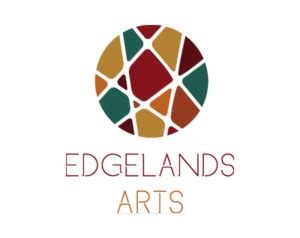The Museum of Modern Art (MoMA) in New York City stands as a beacon of creativity, housing some of the most influential works of modern and contemporary art. Established with a visionary mission to bring modern art to the public, MoMA has become a cornerstone in the art world, shaping cultural discourse and inspiring countless artists and art lovers. This article delves into the rich history, cultural significance, and unique collection of MoMA, while also exploring its innovative curatorial practices, public engagement efforts, and support for contemporary artists. Discover what makes MoMA a pivotal institution in the global art scene.
Explore this topic thoroughly with gamesfats.com
1. Why MoMA Museum was established: The vision and mission behind its founding.
The Museum of Modern Art (MoMA) was established in 1929 with a bold vision to challenge traditional boundaries of art and to foster an appreciation for the modern movement. The founding trio—Abby Aldrich Rockefeller, Lillie P. Bliss, and Mary Quinn Sullivan—recognized the need for a museum dedicated exclusively to modern art, a concept that was relatively new at the time. Their mission was to create a space that not only displayed art but also stimulated discussion, education, and innovation within the art world.
MoMA’s establishment was driven by a desire to provide the public with access to the latest developments in visual arts, promoting an understanding of contemporary artistic expression. Unlike other museums that focused on classical and historic works, MoMA aimed to highlight the relevance and significance of modern art in a rapidly changing world.
The founders believed that modern art had the power to reflect and influence the cultural and social dynamics of the time. By creating a museum that celebrated innovation and experimentation, they hoped to encourage new ideas and foster a deeper connection between art and society. This pioneering spirit laid the foundation for MoMA’s ongoing commitment to advancing the appreciation and understanding of modern and contemporary art.
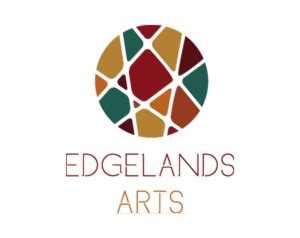
2. Why MoMA is significant in the art world: Its impact and contributions to art and culture.
MoMA’s significance in the art world stems from its groundbreaking role in shaping the perception and appreciation of modern and contemporary art. Since its founding, the museum has been at the forefront of introducing new art forms and movements to a broader audience, influencing both public tastes and the direction of artistic expression globally. MoMA was one of the first institutions to embrace avant-garde works, including pieces that challenged traditional notions of art, such as abstraction, surrealism, and pop art.
Through its innovative exhibitions and acquisitions, MoMA has played a critical role in defining what is considered important and influential in the modern art canon. The museum’s collection, which includes iconic works by artists like Pablo Picasso, Jackson Pollock, and Andy Warhol, serves as a comprehensive narrative of the evolution of modern art, making it an essential resource for scholars, artists, and enthusiasts alike.
Beyond its collection, MoMA’s influence extends through its educational programs, publications, and outreach initiatives, which have helped democratize access to art and culture. By consistently pushing the boundaries of what a museum can be, MoMA has cemented its status as a cultural leader, continually shaping the global dialogue around art and its role in society.
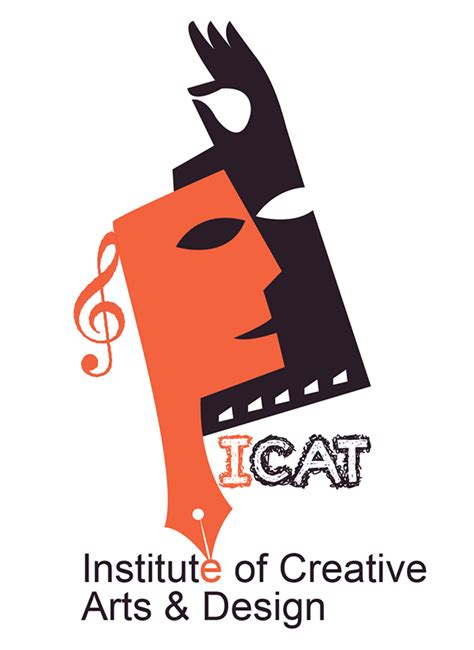
3. Why MoMA’s collection is unique: The distinctive features and rare pieces in its collection.
MoMA’s collection is distinguished by its unparalleled breadth and diversity, showcasing some of the most significant works of modern and contemporary art. What sets MoMA apart is not only the sheer volume of its collection but the inclusion of groundbreaking pieces that have defined and redefined artistic movements. From Picasso’s “Les Demoiselles d’Avignon” to Van Gogh’s “The Starry Night,” MoMA houses works that are not just art but cultural milestones.
The museum’s commitment to collecting works across a wide array of mediums—including painting, sculpture, film, photography, design, and performance art—ensures that its collection reflects the full spectrum of modern creativity. Additionally, MoMA’s dedication to acquiring works from diverse voices and underrepresented artists adds a unique depth to its collection, providing a more comprehensive view of art’s role in reflecting and shaping society.
This diversity, coupled with the museum’s focus on innovation and cultural significance, makes MoMA’s collection a uniquely rich and dynamic repository of human creativity.
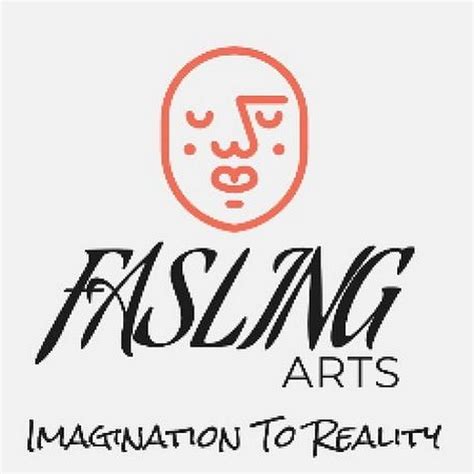
4. How MoMA curates its exhibitions: The process and criteria for selecting and organizing exhibitions.
MoMA curates its exhibitions with a meticulous and thoughtful approach, ensuring that each display offers a cohesive narrative and a fresh perspective on modern and contemporary art. The curatorial team at MoMA considers several factors when selecting works for an exhibition, including historical significance, artistic innovation, and relevance to contemporary cultural dialogues.
The process begins with in-depth research and collaboration among curators, artists, and scholars to identify themes that resonate with both the collection and current global trends. Once a theme is established, works are carefully chosen to highlight various facets of the subject, often juxtaposing well-known masterpieces with lesser-known or emerging voices to create a dynamic dialogue within the exhibition.
Attention is also given to the spatial design and viewer experience, with exhibitions organized to guide visitors through a journey that enhances their understanding and appreciation of the art. This thoughtful curation process ensures that each exhibition at MoMA is not only visually compelling but also intellectually engaging.

5. How MoMA engages with the public: Educational programs, community outreach, and visitor experiences.
MoMA engages with the public through a diverse array of educational programs, community outreach initiatives, and carefully crafted visitor experiences, all designed to make art accessible and meaningful to a wide audience. The museum offers educational programs that cater to different age groups and interests, from interactive workshops for children to in-depth lectures and courses for adults. These programs aim to deepen visitors’ understanding of modern and contemporary art, encouraging them to explore their own creativity.
Community outreach is a vital aspect of MoMA’s mission, as the museum actively partners with schools, community organizations, and underserved groups to bring art into different facets of society. Programs like MoMA Teens and MoMA PS1’s Young Architects Program offer young people unique opportunities to engage with art and architecture, fostering the next generation of creative thinkers.
Visitor experiences at MoMA are designed to be immersive and enriching. The museum provides various guided tours, audio guides, and digital resources to enhance the visitor journey, allowing for both independent exploration and guided learning. Special events, such as film screenings, performances, and artist talks, further enrich the visitor experience, making MoMA not just a museum, but a vibrant cultural hub where the public can actively engage with art in all its forms.

6. How MoMA supports contemporary artists: Initiatives and programs to nurture and promote modern artists.
MoMA has a long-standing commitment to supporting contemporary artists through a variety of initiatives and programs that nurture and promote emerging and established talent. The museum’s dedication to contemporary art is evident in its acquisitions, exhibitions, and special projects that spotlight the work of living artists, ensuring that their contributions to the art world are recognized and celebrated.
One of MoMA’s key initiatives is its Artist Residency Program, which offers artists the resources and space to create new work while engaging with MoMA’s vast collection and curatorial expertise. This program fosters an environment of experimentation and collaboration, allowing artists to push the boundaries of their practice.
MoMA also supports contemporary artists through its annual exhibition series, such as the New Photography series and the ongoing Projects series, which provide a platform for innovative and experimental work. These exhibitions not only introduce new voices to the art world but also challenge audiences to reconsider their perceptions of contemporary art.
In addition to these programs, MoMA actively acquires works by contemporary artists, ensuring that their art is preserved and accessible to future generations. Through these efforts, MoMA continues to play a crucial role in the development and promotion of contemporary art globally.
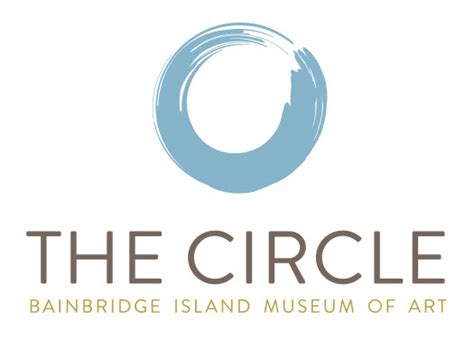
7. What visitors can expect at MoMA: Highlights of current and upcoming exhibitions.
Visitors to MoMA can anticipate a dynamic array of exhibitions that showcase both timeless masterpieces and cutting-edge contemporary works. Currently, the museum features exhibitions such as “The Shape of Time,” which explores the evolution of time-based media in art, highlighting influential works from film, video, and performance. Another notable exhibition, “Modern Masterpieces,” presents an extensive collection of iconic pieces by renowned artists like Vincent van Gogh, Pablo Picasso, and Andy Warhol, offering a comprehensive view of modern art’s development.
Looking ahead, MoMA is set to unveil “New Horizons,” an exhibition dedicated to emerging artists from around the globe, providing a platform for innovative and experimental practices. Additionally, “Architectural Visions” will delve into the intersection of architecture and art, showcasing influential designs and conceptual projects that push the boundaries of architectural thought.
These exhibitions reflect MoMA’s commitment to presenting a diverse range of art that engages and challenges visitors, ensuring a rich and varied cultural experience with each visit.

8. What challenges MoMA faces: Issues related to funding, curation, and maintaining relevance.
MoMA faces several challenges in its quest to remain a leading institution in the art world. One significant issue is funding. As with many cultural institutions, MoMA relies on a combination of government support, private donations, and sponsorships to sustain its operations and programming. Fluctuations in economic conditions and changes in philanthropic priorities can impact the museum’s financial stability, affecting its ability to acquire new works, fund exhibitions, and support educational programs.
Curation also presents a challenge, as the museum must continually balance the preservation of its historic collection with the need to showcase contemporary and emerging artists. Curators face the complex task of ensuring that exhibitions reflect current trends while remaining true to MoMA’s core mission of promoting modern art.
Maintaining relevance is another ongoing challenge. As the art world evolves, MoMA must adapt its programming and outreach to engage a diverse and changing audience. This includes staying ahead of trends in art and technology, addressing social and cultural issues, and expanding accessibility to ensure that the museum remains a vital and inclusive cultural resource for future generations.
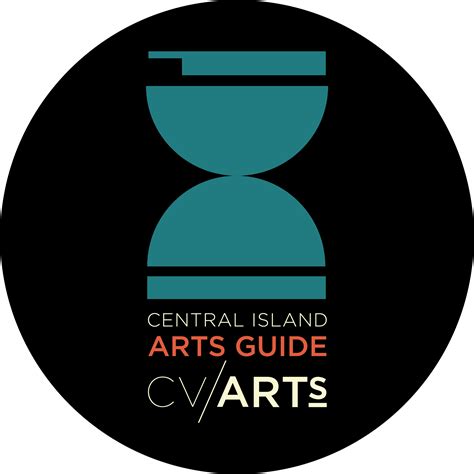
9. What the future holds for MoMA: Upcoming projects, expansions, and the museum’s vision moving forward.
MoMA’s future is marked by exciting projects and expansions that aim to enhance its role as a leading cultural institution. The museum is planning a major renovation to expand its exhibition spaces and improve visitor amenities, which will allow for more diverse and immersive exhibitions. This expansion will also include new galleries dedicated to contemporary art and emerging artists, reinforcing MoMA’s commitment to showcasing innovative works.
Upcoming projects include “Art and Technology,” an initiative that explores the intersection of art and digital advancements, featuring cutting-edge installations and interactive experiences. MoMA is also focusing on expanding its global outreach through digital platforms, making its collection and educational resources more accessible to audiences worldwide.
Looking ahead, MoMA’s vision includes deepening its engagement with diverse communities, promoting sustainability in its operations, and continuing to push the boundaries of what a modern art museum can be. These efforts are designed to ensure that MoMA remains at the forefront of the art world, inspiring and educating

MoMA’s legacy as a pioneering force in the art world is evident in its innovative exhibitions, unique collection, and commitment to contemporary artists. As it navigates challenges and embraces future projects, the museum continues to inspire and engage audiences, reinforcing its role as a vital cultural hub and a beacon of artistic excellence.
gamesfats.com
